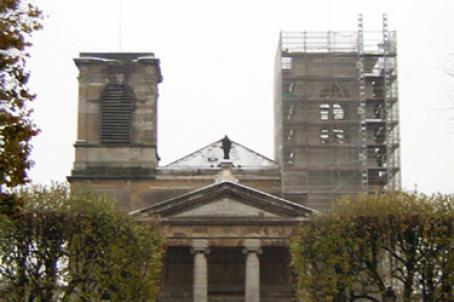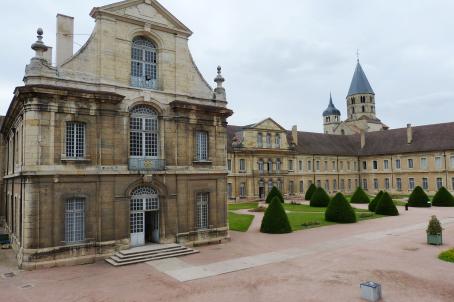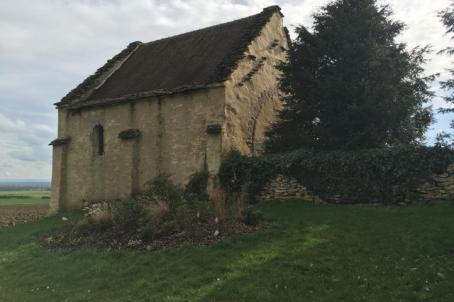Church of Saint-Pierre-et-Saint-Paul
The church of Saint Pierre and Saint Paul de Chânes was built in the 11th century by the monks of the nearby Cluny Abbey, on the site of a 9th century church. Its Romanesque nave is extended by an apse on the dome from which one can admire a fresco of Byzantine style. The gabled facade is decorated with semicircular Lombard arches highlighted by a "sawtooth" band. The bell tower is of the Cluniac type.
About this building
It is in Chânes, a small winemaker village perched on the first hills of Beaujolais, that the monks of the nearby Abbey of Cluny built, on the site of an old church of the 9th century, the Church of Saint Peter and Saint Paul in the 11th century.
The single nave, typically Romanesque (11th century), whose original structure can still be seen, is illuminated on each side by two enlarged windows. Decorated with semicircular Lombard arches highlighted by a horizontal band called a "sawtooth" or "teeth of wolf", it is characteristic of the ornamentation of the churches of the first Romanesque art in Mâconnais.
The octagonal bell tower has three floors, with four sections (of unequal size to the east and west) and twenty-eight columns. Built in the twelfth century, it was completed (the two floors and the spire) in the middle of the nineteenth century. The Chapel of the Blessed Virgin dates from the middle of the 17th century.
Like many other religious monuments, the church was looted during the Revolution. In the nineteenth century, the South Chapel and the sacristy were added to the church, while on the Byzantine dome-shaped cupola E. Krug painted a fresco (1873) in the Byzantine style. The latter represents Christ entrusting his mission to Saint Peter and Saint Paul, patrons of the parish.






